Earthshine, Nightglow, and Other Gorgeous Forms of Celestial Light
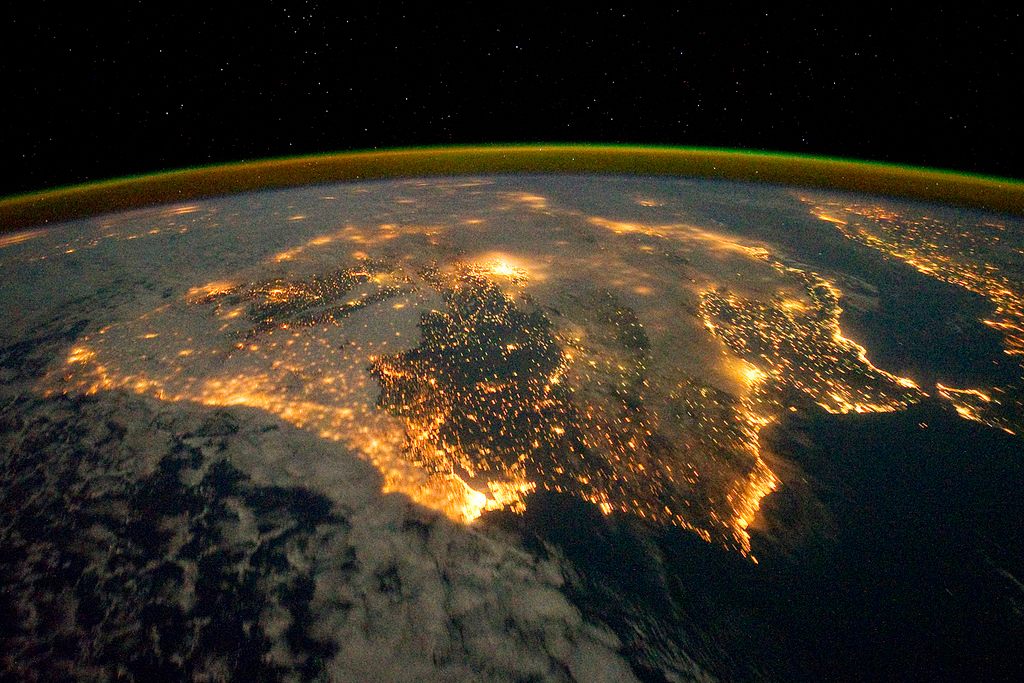
The green ring is the magic of airglow over Barcelona. (Photo: NASA Goddard Space Flight Center/Flickr)
Everybody from painters, to songwriters, to annoying romantics in-between is always going on about the wonder and beauty of sunshine. While the sun’s rays that shine directly to the Earth are nothing short of gorgeous, when sunlight interacts with the rest of our solar system, even more fascinating (and lovely) types of light are created. Here are some of the lesser known varieties.
Earthshine

The fact that anything is illuminated on the dark side of the moon is thanks to earthshine. (Photo: dylan_odonnell/Flickr)
When the sun shines on Earth, the Earth shines back. Earthshine is a common type of luminary reflection called planetshine (which we’ll be delving into further below). As the sun’s light hits the Earth, it is reflected off the surface, and actually illuminates the dark side of the moon. The amount of cloud cover on the Earth can affect how much light is reflected thanks both to the shortened distance and the more uniformly reflective surface and make up of clouds. The fraction of solar energy that the Earth reflects is called the albedo.
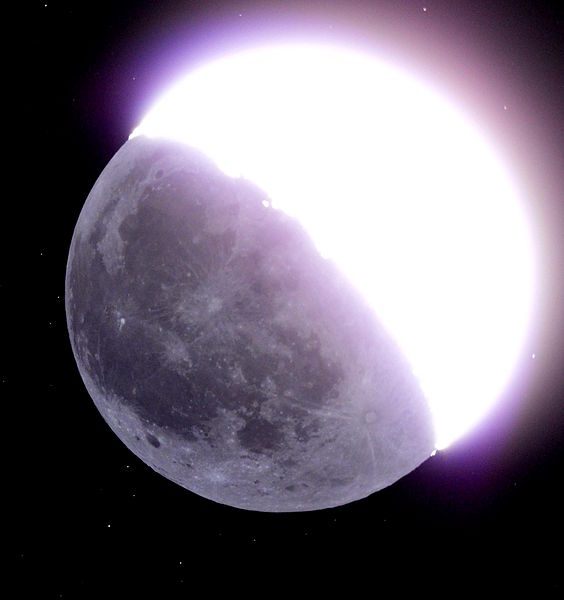
The dull side of the moon is illuminated by earthshine. (Photo:阿爾特斯/Wikipedia)
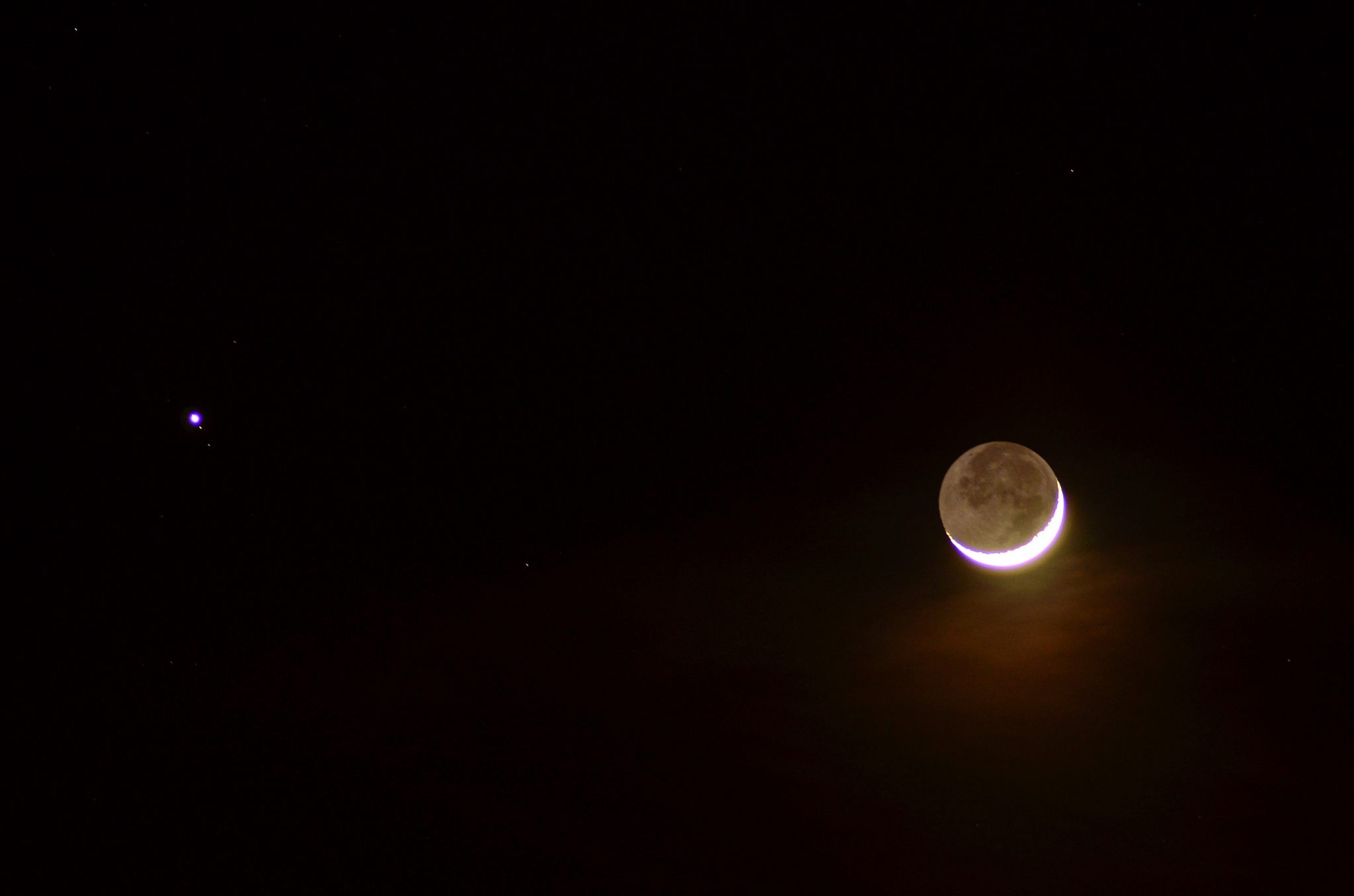
During a crescent moon, some earthshine shows us that the rest of the moon hasn’t disappeared. (Photo: jean-daniel pauget/Flickr)
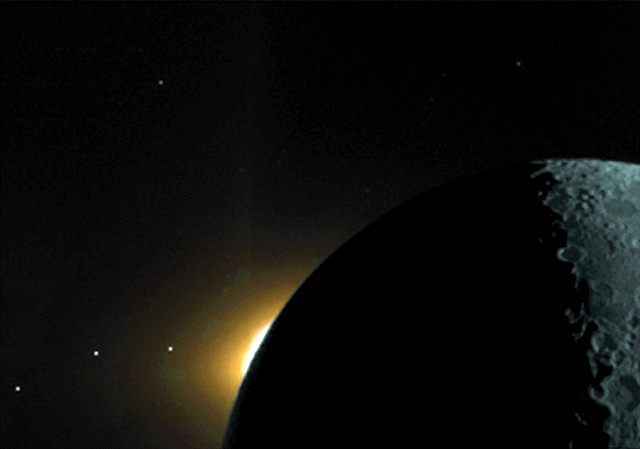
Sometimes, the earthshine can be pretty dramatic. (Photo: NASA/Wikipedia)
Baily’s Beads

The universe creates a perfect “diamond ring.” (Photo: kubotake/Wikipedia)
Baily’s Beads are a luminous phenomenon that only occurs during a solar eclipse. When the moon gets between the sun and Earth, one might think that the sun would be completely and uniformly blocked for an amount of time, however briefly. However, most of the time there are large blobs of light that appear around the edges. One reason for this is because of the moon’s rocky topography, which does not allow for complete coverage of the sun, instead letting light past at points. The bright flares where light makes it through are known as Baily Beads. When there is only one left, the effect is called a “diamond ring.”
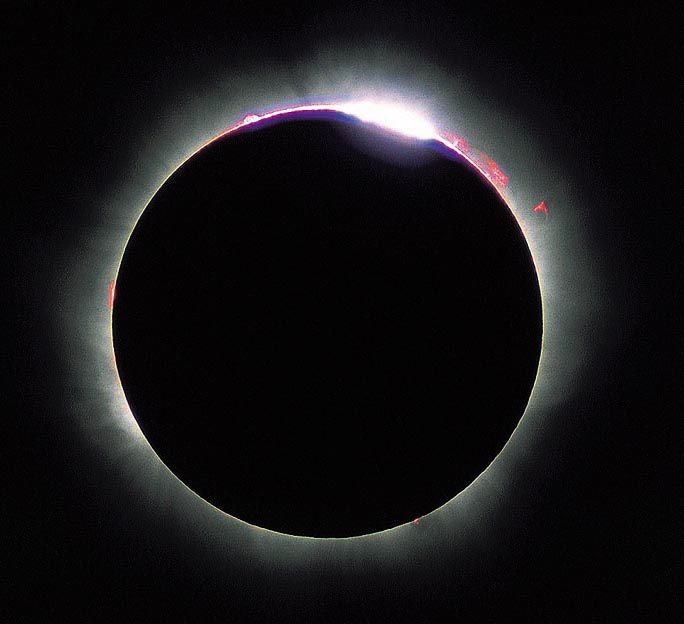
More Baily’s Beads poking through. (Photo: I, Luc Viatour/Wikipedia)
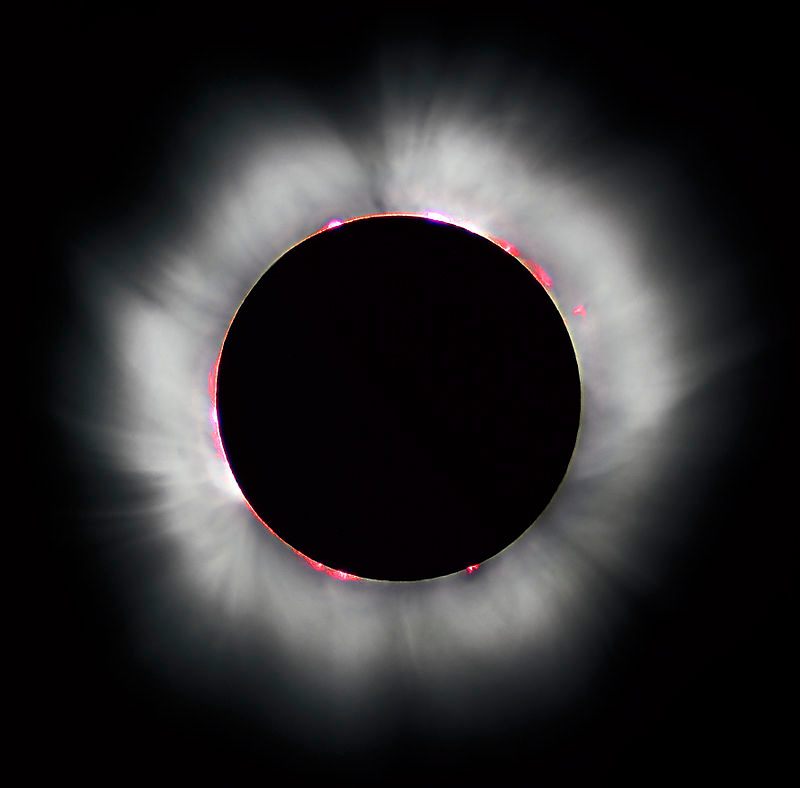
Beads surrounding the moon’s silhouette. (Photo: I, Luc Viatour/Wikipedia)
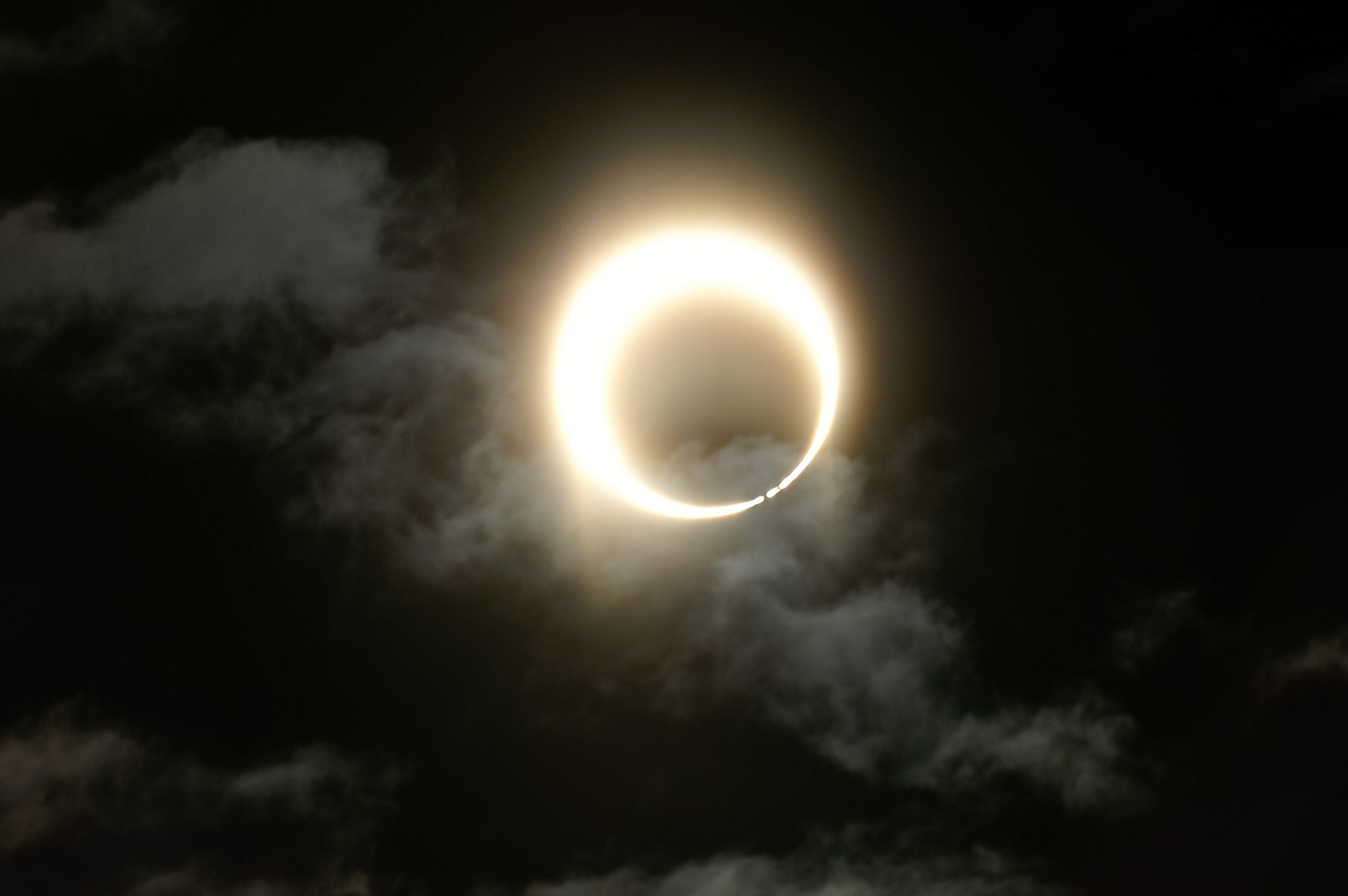
Bailey’s beads forming near the edge of an eclipse. (Photo: Hideyuki KAMON/Flickr)
Airglow (nightglow)

Australia under airglow. (Photo: NASA Goddard Space Flight Center/Flickr)
Even in the absence of light from our nearest star, Earth gives off a faint but detectable amount of atmospheric light known as airglow or nightglow. When the sun’s rays hit the other side of the planet, the night sky is never completely dark, due to chemical reactions taking place in the atmosphere that give off a small amount of light themselves. This phenomenon has also been observed in the atmosphere of Venus.

From the surface of Earth, airglow looks incredible. (Photo: tsaiproject/Flickr)

More of the thin glowing atmosphere from space, looking down on Egypt. (Photo: NASA Goddard Space Flight Center/Flickr)

The skies of Chile look like an alien horizon thanks to airglow. (Photo: European Southern Observatory/Flickr)
Planetshine
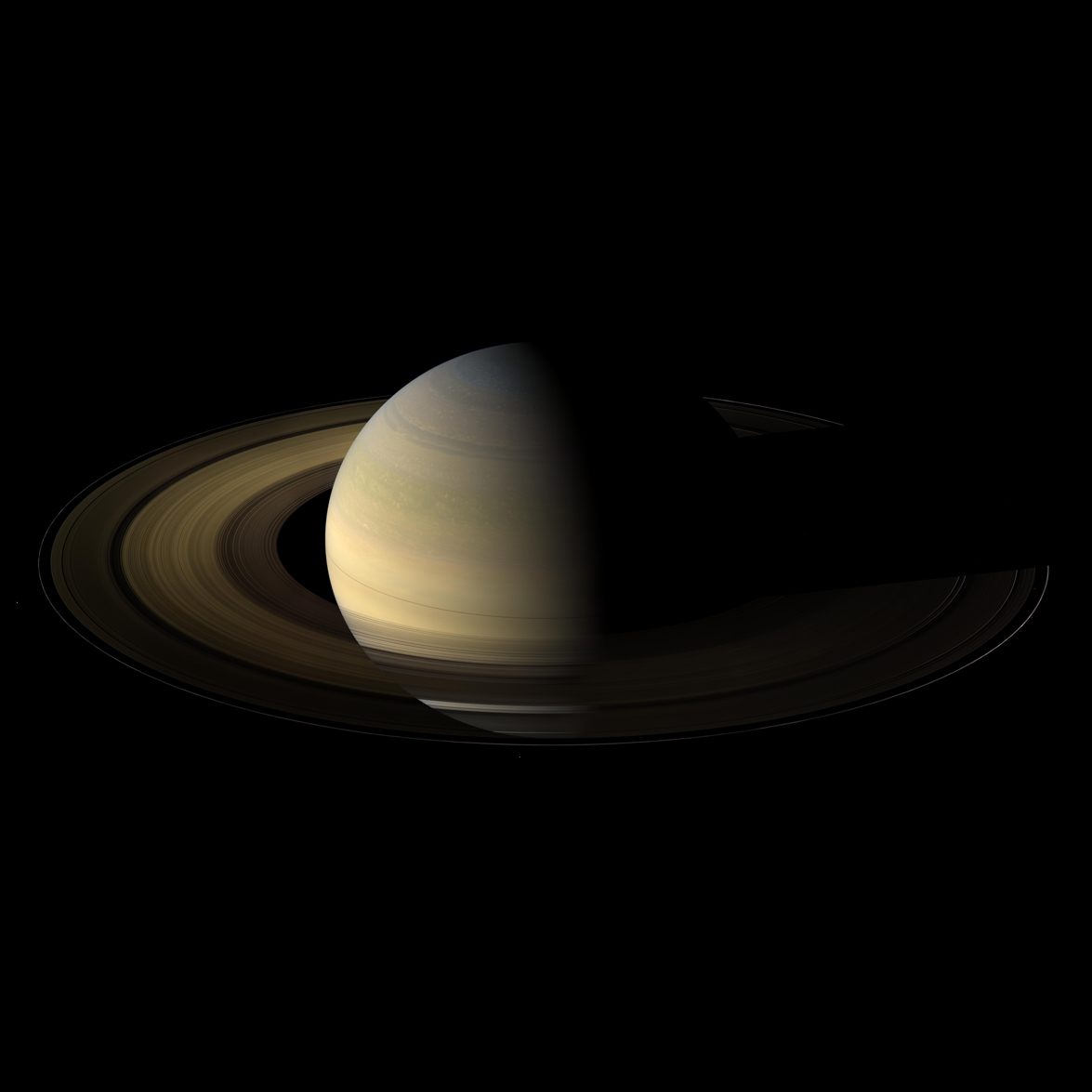
Saturn’s ring illuminated by planetshine. (Photo: NASA)
Planetshine radiates from every planet in our solar system, with varying degrees of intensity, and with varying levels of drama, depending on how close the planet’s moons are. Planetshine is sometimes used to determine the properties of planets in other solar systems as well, although this is challenging due to how faint the reflected light is. In our sky, Venus puts out the brightest planetshine, due to its layer of reflective clouds. However, most planets and their moons are too far away to get great images of the effects of their planetshine.

The planetshine of Venus as seen from the ISS. (Photo: NASA)
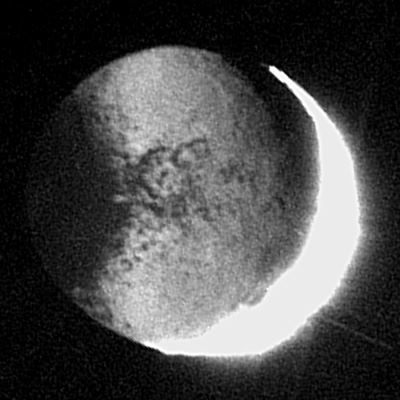
The dark side of Saturn’s moon, Iapetus, illuminated by planetshine. (Photo: NASA/Wikipedia)
Ringshine

Here, Saturn is in turn lit up by the light from its rings. (Photo: NASA/Wikipedia)
This is a more specific variety of planetary reflection that only happens to planets that are surrounded by rings. Much like the moon illuminates the night sky on Earth, a ringed planet receives reflected ringshine on its surface. In our solar system, this has been observed most dramatically on Saturn, which has the most pronounced ring system, but the phenomenon would be similar on any planet with sufficient bands of orbital debris.
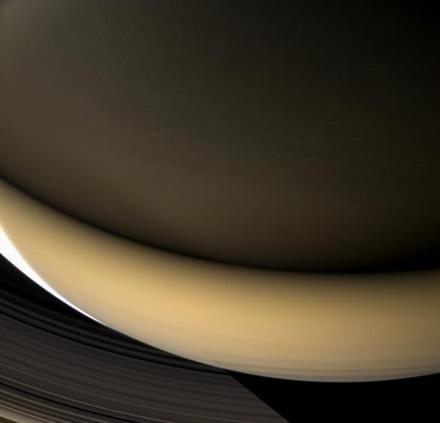
The light band is visible via light from the rings. (Photo: NASA)
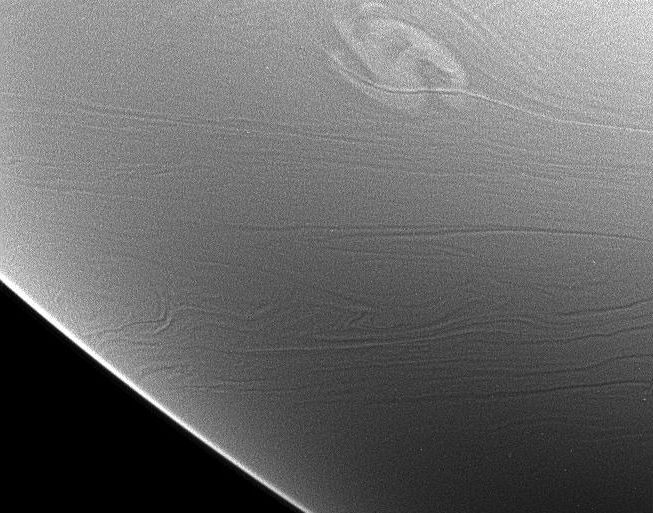
A storm on the nightside of Saturn as seen via ringshine. (Photo: NASA)









Follow us on Twitter to get the latest on the world's hidden wonders.
Like us on Facebook to get the latest on the world's hidden wonders.
Follow us on Twitter Like us on Facebook